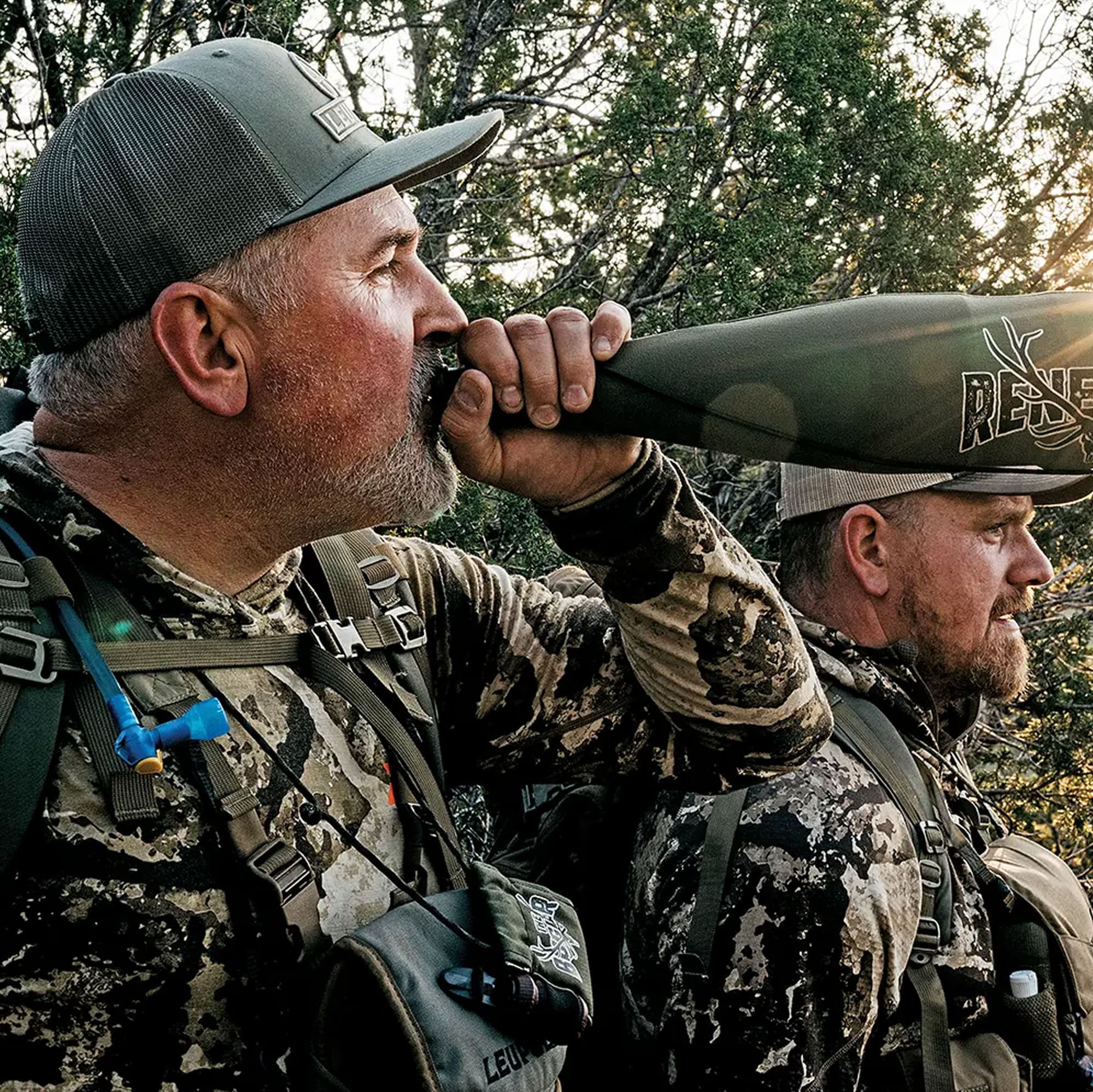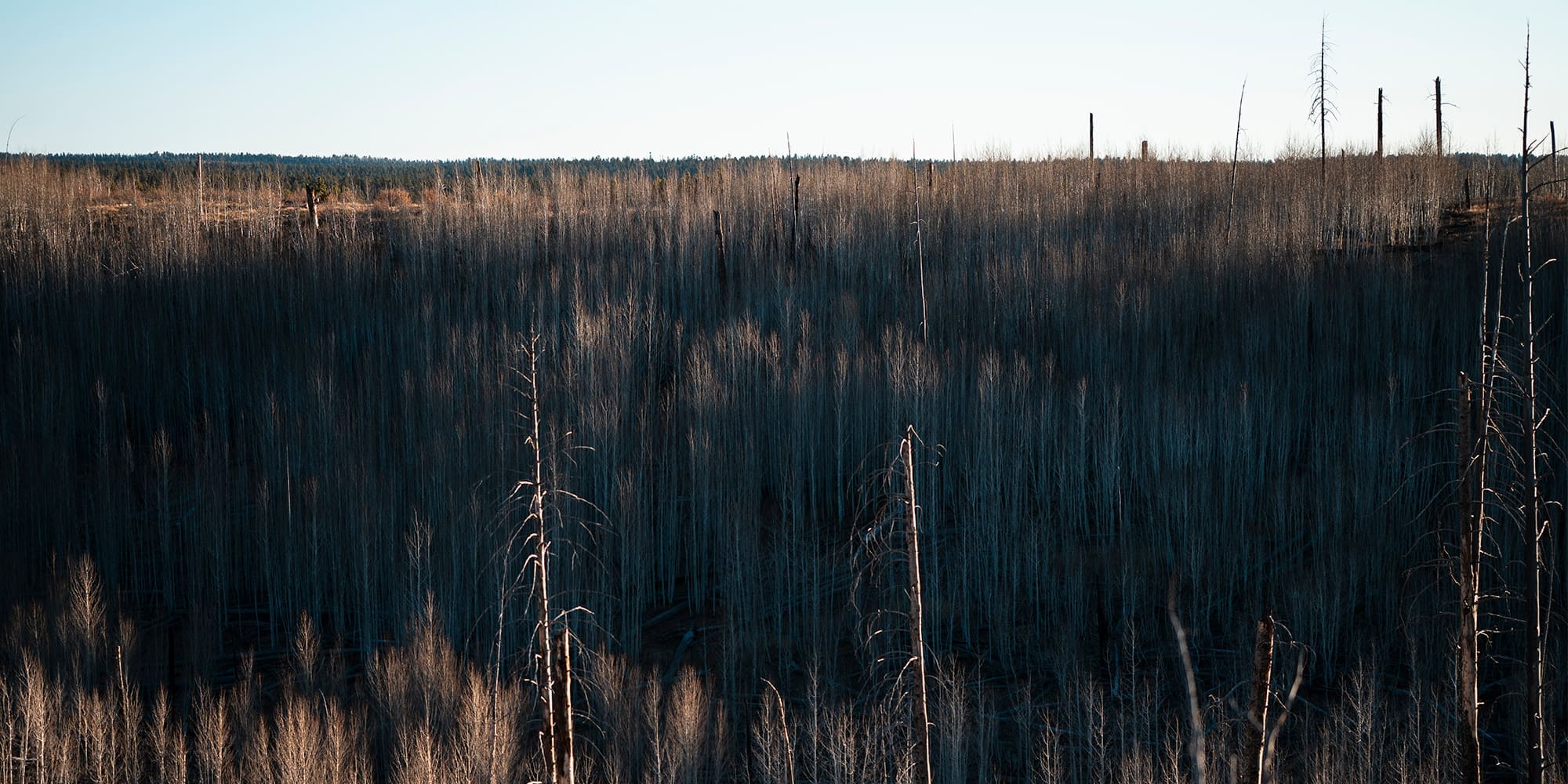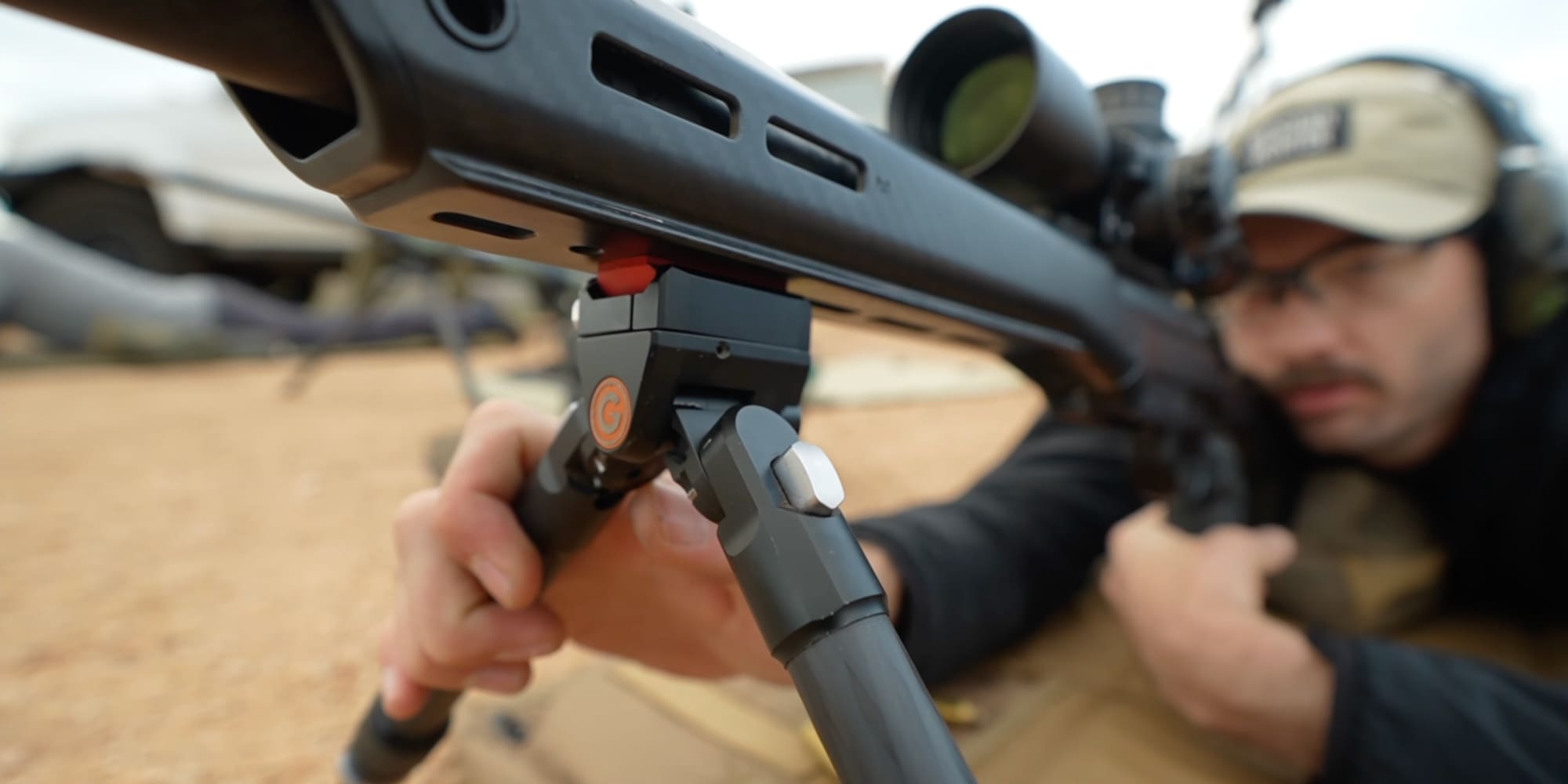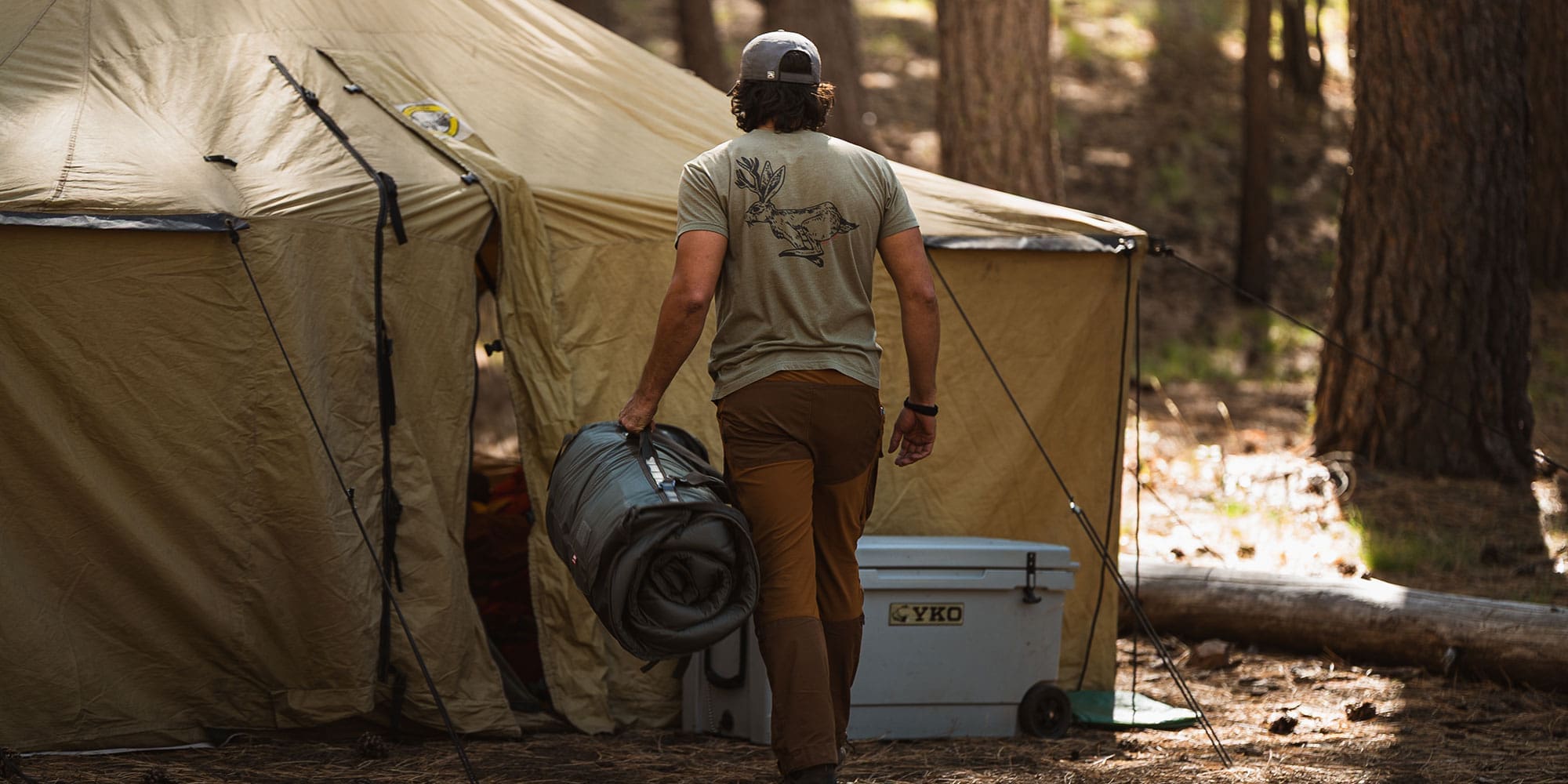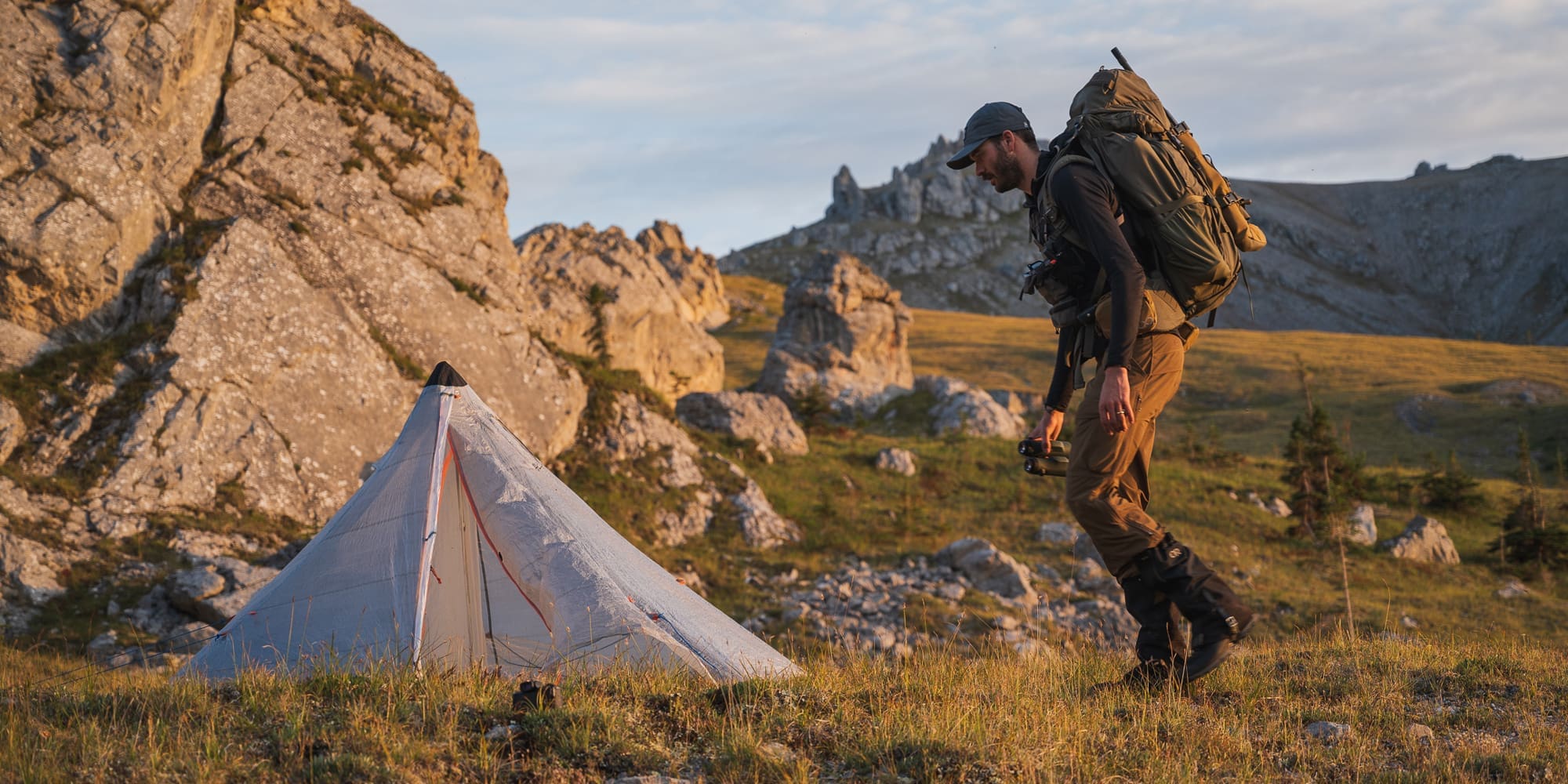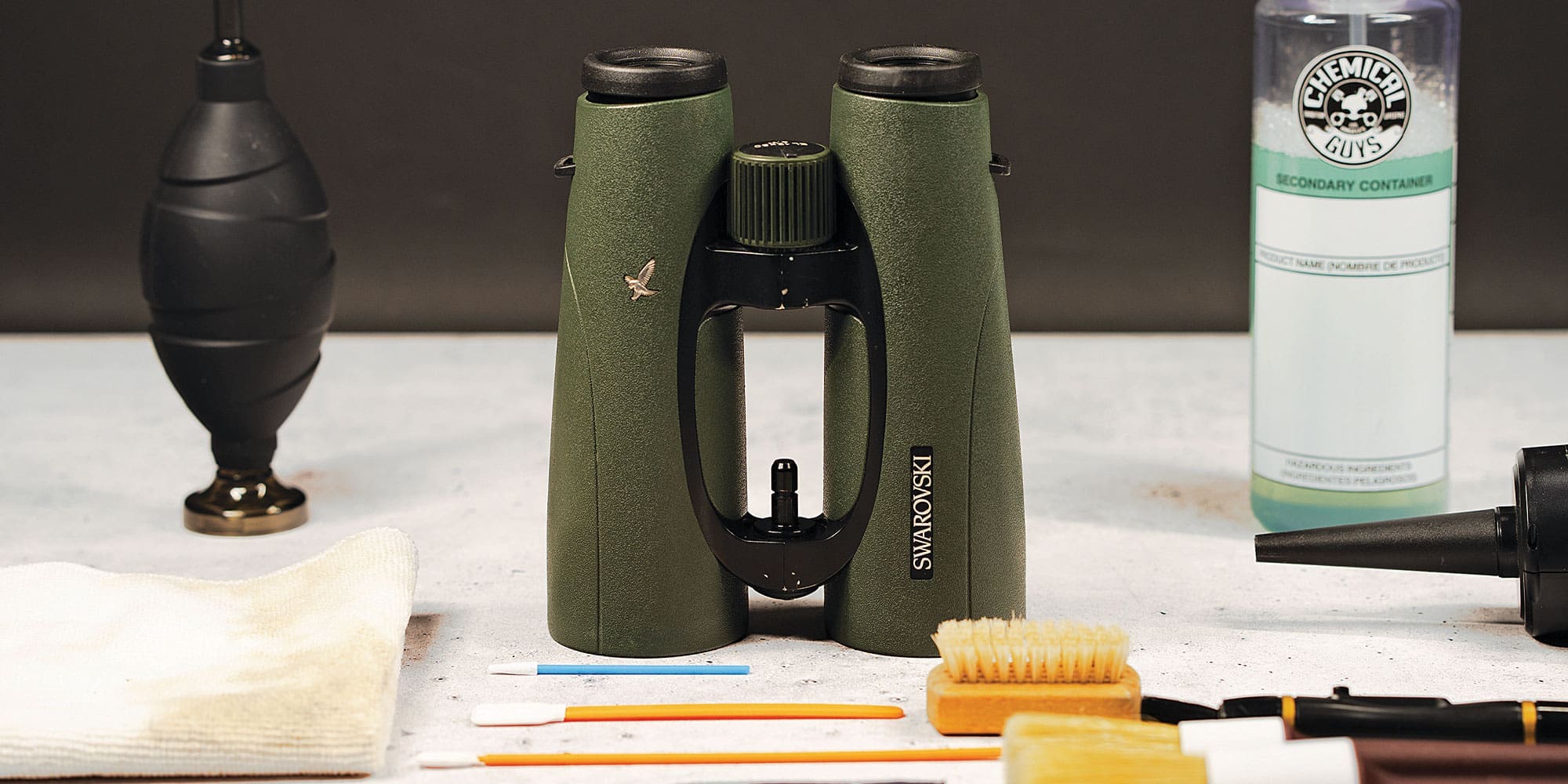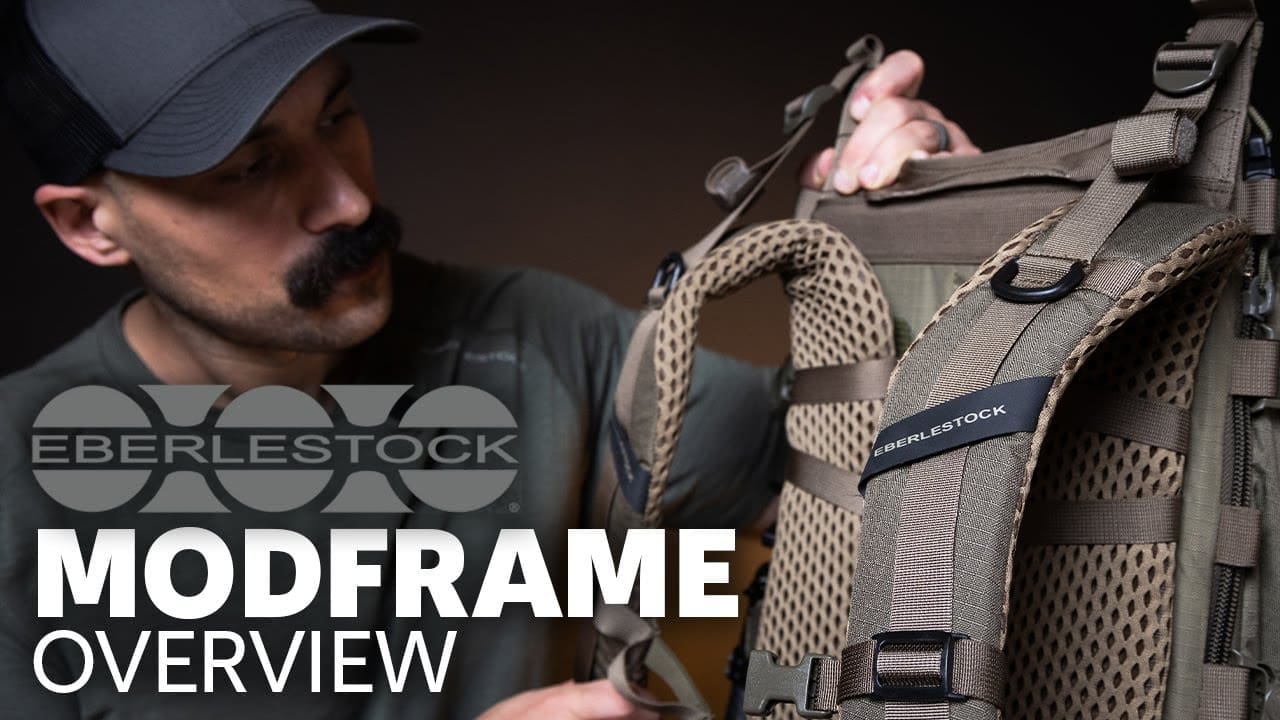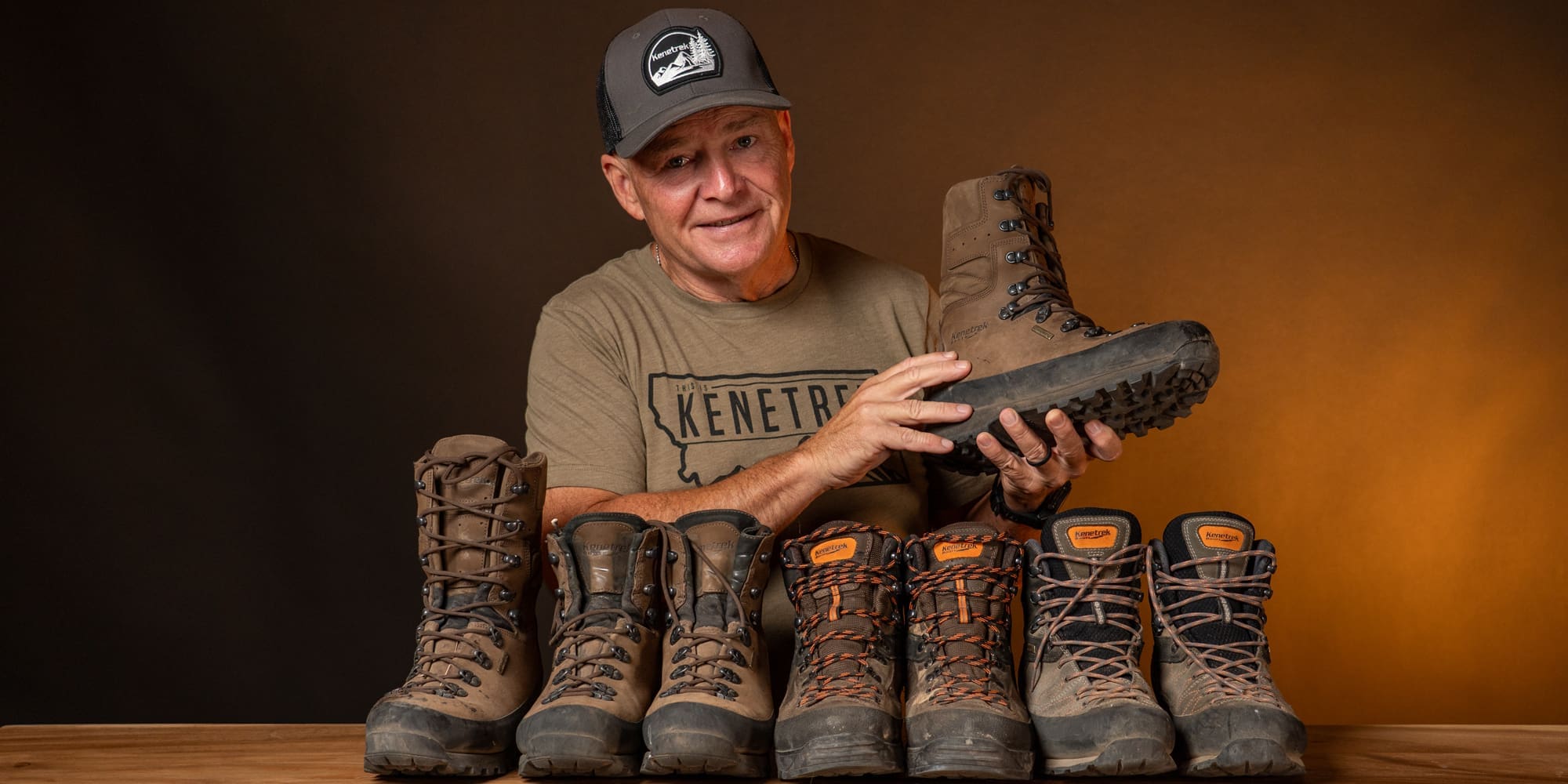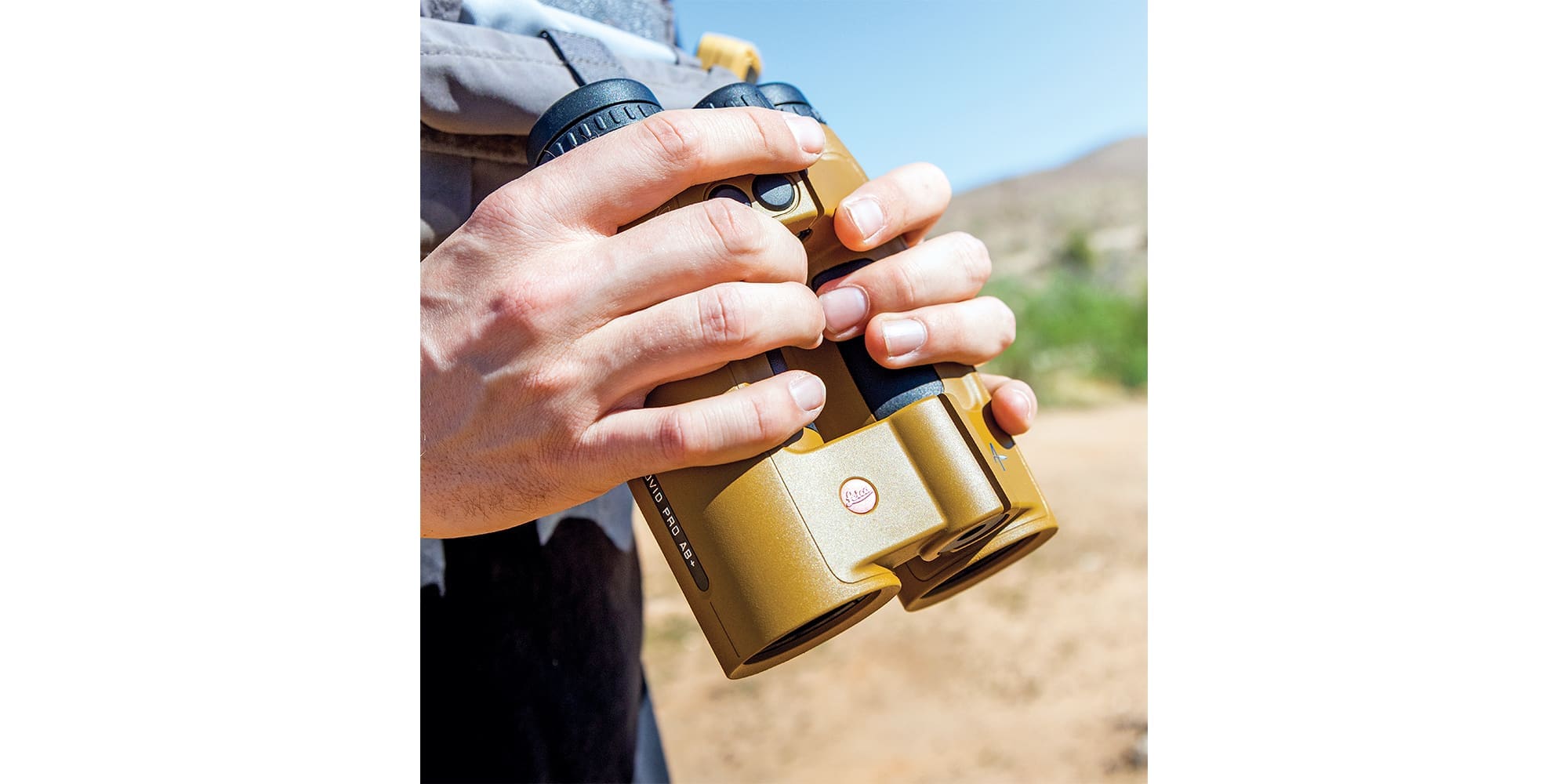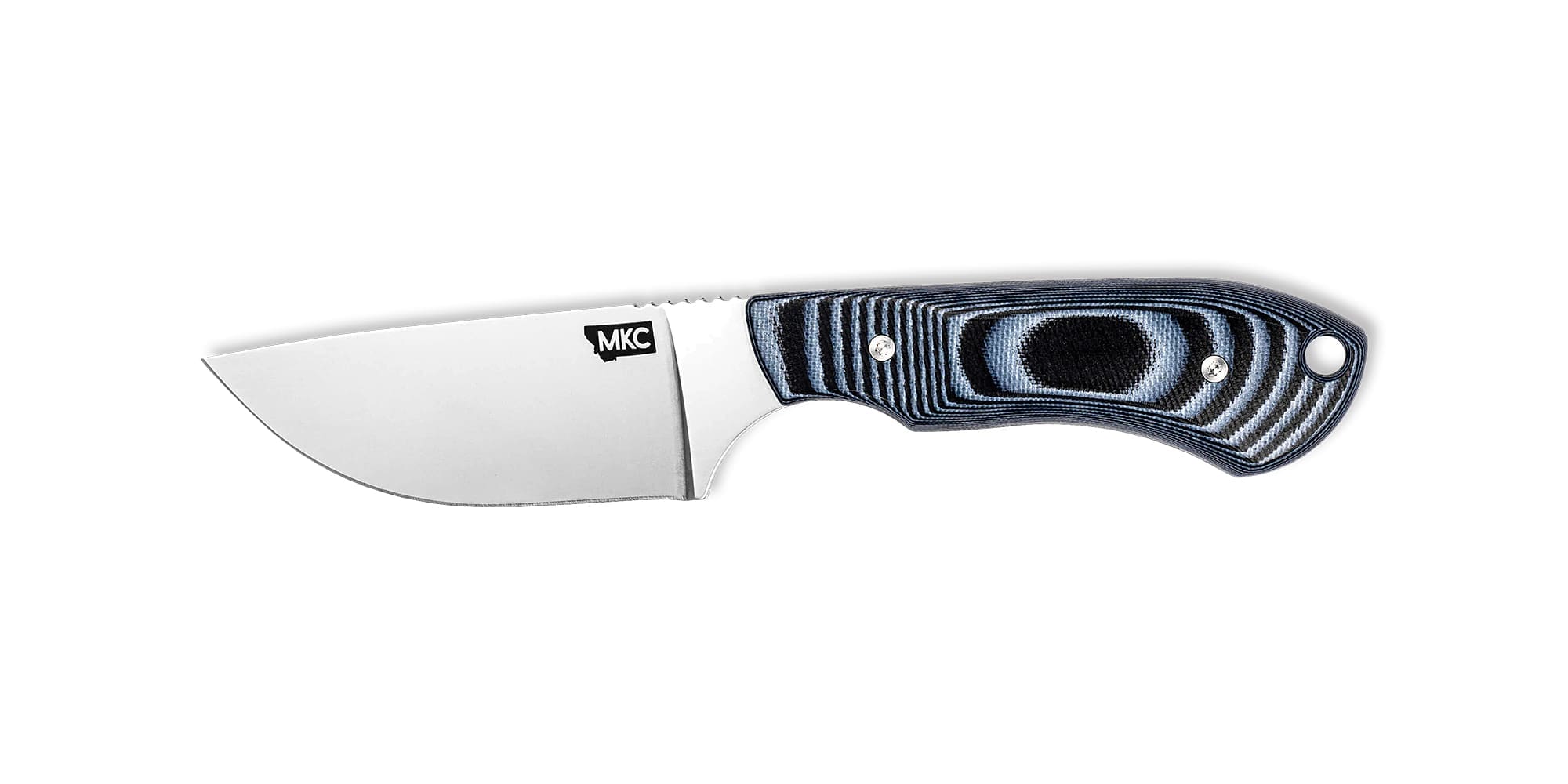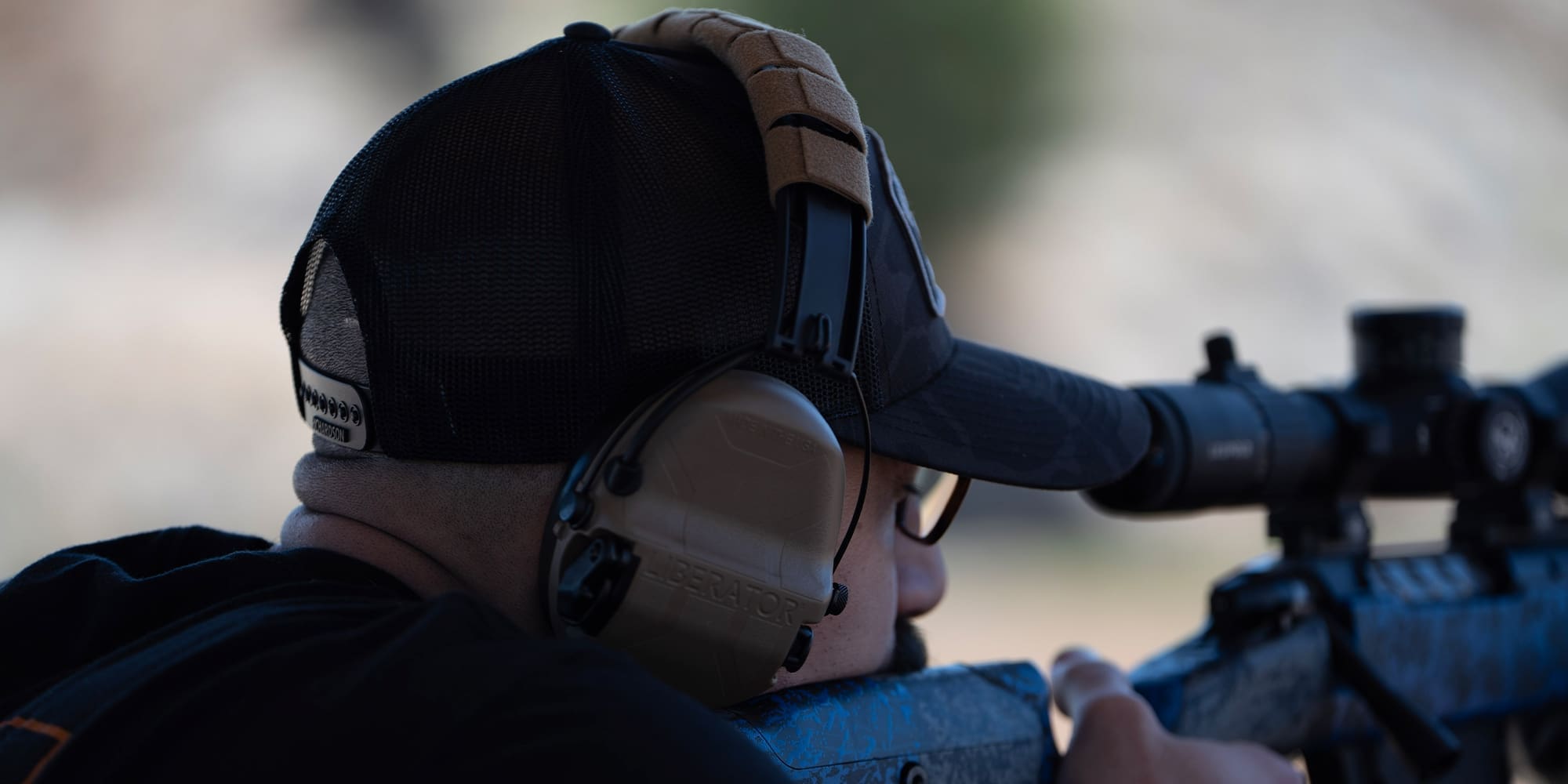
NOTICE: Certain links on this post may earn a commission for Western Hunter Magazine from Amazon or our other affiliate partners when you make a purchase. Thank you for your support.
Picking the Right Elk Calls
Whether you’re new to the game of Elk calling or a seasoned veteran, selecting the right elk calls for your individual style of calling can be an intimidating task. We will try to break down the different elk calls to help us find the perfect one to get those bulls screaming. If you’re new to calling with a diaphragm or have never used Phelps calls, we highly recommend picking up Phelps Black Amp, Grey Amp, and Maverick. The reason I always recommend these three is they all have VERY different attributes. Thin latex – light air pressure. Medium latex – medium air pressure. Thick latex – heavy air pressure.
This is important because new callers often have no point of reference on how hard they should blow their calls. So, starting with these three, you should find one that fits your style. Once you find the one that you can operate better than the others, practice with it until you become proficient. Then, try the other two, and you may even like them better as you’ve become better at manipulating the calls.

Grey Amp: Medium latex/medium stretch - medium air pressure.
Maverick: Thick latex/tight stretch - heavy air pressure.
Diaphragm Elk Call Fitting
Everyone has a differently shaped pallet. Most of us fit a standard Amp frame perfectly with no issues. But, some folks have a narrow pallet or a deep pallet, while others have a wide, yet shallow pallet. Sometimes just trimming the tape or yoke of the call a little can be a game-changer for narrow or deep pallets, whereas others will need a smaller-framed call like our Mini Amp diaphragms. Many times, folks with a shallow pallet will be better served by using one of our flat frame diaphragms, as the Metal dome from the Amp frame feels uncomfortable.
If you’ve tried all the diaphragms and just can’t get past the gag reflex or tongue tickle, raise your hand. We have you covered by our new EZ Bugler Metal Tube. This call is operated by using your lower lip. It’s very simple to operate and is the best in its class for authentic bugles and chuckles. After the reed breaks in a little, you can even cow call with it. We also have external cow calls that are operated with lip pressure as well. The Mini X is easiest for new callers to operate and has outstanding sound quality.

Renegade Bugle Tube: Medium-full size/full sound
Metal Bugle Tube: Medium size/loud high notes/medium bass
Unrivaled Bugle Tube: Compact size/medium sounds
Phelps Bugles
As far as bugle tubes go, we have four different size options. Our larger tubes offer the deepest and most robust guttural tones in our lineup. The Unleashed has set a pretty high bar across the industry for sound quality and volume. If you’re wanting a slightly shorter tube but refuse to sacrifice sound, the Renegade is your best bet. We offer the Metal Bugle Tube for diaphragm callers as well.
Made from aluminum, it’s slightly heavier than the Unleashed yet more compact than either of the large tubes. The sound from this tube is devastatingly loud, allowing you to reach out long distances when looking for bulls. We engineered this tube to amplify the high-pitched “ringing tone” that drives bulls crazy. The tube is covered by a neoprene sleeve, making it silent while moving through thick brush and trees.
Lastly, our Unrivaled tube is a backpack hunter’s dream come true. It’s the ultimate lightweight bugle that doesn’t give up much on sound quality. Of course, being smaller in stature than the larger tubes, it doesn’t have as much deep resonance but is capable of making authentic bugles. In fact, my good friend who is an outfitter in one of Idaho’s toughest OTC units (Bradley Dammerman) uses this tube all season long with great success.
Three “Must Practice” Elk Calls
The main elk vocalizations that you will use throughout the day during the hunt are cow calls, bugles, chuckles, and grunts. For a beginner, these can be very intimidating. I like to say, "Crawl before you walk," and begin with making fundamental sounds that will then be used in actual elk call vocalizations.
Check out these videos to get started with the basics, then continue with mastering more advanced elk calling techniques.
We hope these tips get you headed down the right path to choosing the right elk calls for your next hunt. Even if you don’t have any elk hunts this fall, it’s never too early to pick up some calls and start learning. If you start now and practice diligently until September, you’ll have plenty of time to become proficient at calling elk.
Diaphragm Call Care by Jason Phelps
Practice
While practicing, keep your sessions under 10 minutes. Then, let the diaphragm dry on the counter. Once dry, put the call in a cool, dark place. If practicing in the vehicle, never leave the call in the car. Heat and UV light are the biggest contributors to breaking down a call and leaving it useless.
In The Field
To get the most out of your calls, you need to pay attention to them while you are out in the field, hunting. The two things you are paying attention to are the latex and the tape.
The tape is only water-resistant. When left in your mouth for hours on end, you will start to saturate the tape. When left saturated for long periods of time, in some instances, the tape may start to separate. To prevent this from happening, you will want to let the call dry out as much as possible. I try and take the call out of my mouth as much as possible.
The latex can start to wear or be affected by multiple things: When left in your mouth for long periods of time, the latex will become “waterlogged” and become heavy. By continuing to call on these saturated calls, you are subjecting the latex to a ton of stress and may damage them. To prevent this, let the latex dry out as often as possible between calling setups.
The latex may be damaged by food, drinks, or tobacco products. Try to limit running calls directly after eating or drinking (the exception is water). We have also heard enough times from tobacco users that their calls never last as long as expected.
While hunting, limit sun exposure. Within a day or two, the heat and UV will break down and crack the latex on the calls. Carry your calls in a breathable pouch or case (not your pocket).
Long-Term
Rinse your calls with water and let them dry completely. Place the calls in a plastic bag and store them in the refrigerator.
No matter how well you take care of your calls, they will eventually wear out. Some signs that your call is approaching replacement are additional pressure required to hit the higher tones, more air required to produce the same volume, and the latex showing wrinkles even when the call is dry.
I typically go through a call every two to three days. Keep in mind I am a high volume and high-pressure caller and I put a ton of stress on the latex. For a normal caller, I recommend one diaphragm for every 2.5 days you will be hunting plus one additional diaphragm. This is a good rule of thumb.


